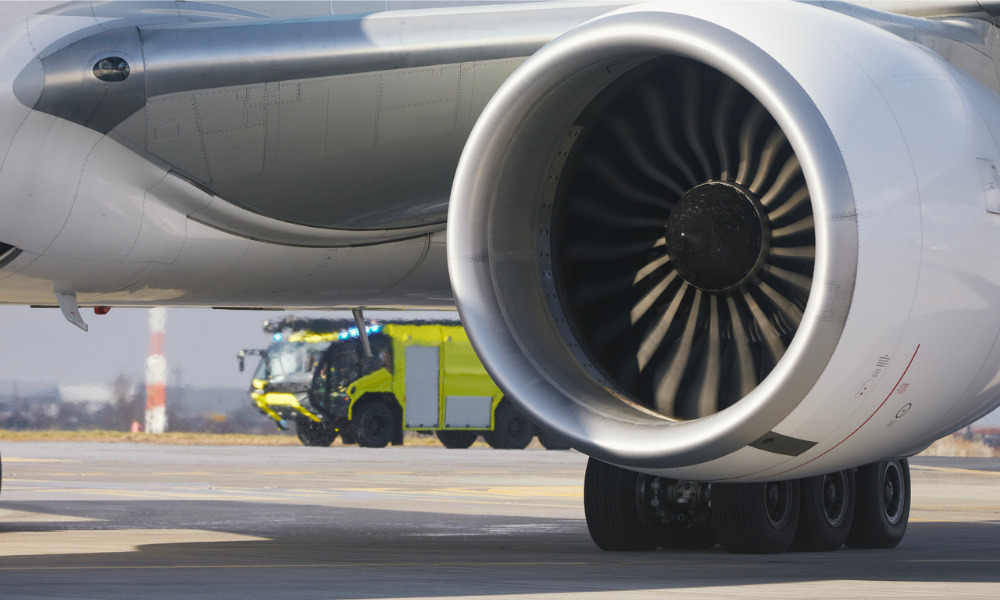FAA tells airlines to keep workers away from jet engines until powered off

A warning by the Federal Aviation Administration (FAA) in the United States recently issued to airlines to make sure workers keep their distance from jet engines until they are powered off, is not being considered in Canada. Instead, operators are being told to continue to follow manufacturer directions.
In late August the FAA issued a safety alert to prevent workers from being hurt while towing planes or guiding them to and from terminal gates. It cited recent incidents, including at least one fatality, as the reason behind the directive.
The FAA bulletin specifically mentions two incidents. One saw a ramp worker die after being sucked into the engine of an American Eagle plan parked at a gate in Montgomery, Alabama. Piedmont Airlines, a subsidiary of American Airlines, is fighting a fine of more than $15,000 in that case.
The other incident involved a worker who was removing landing gear safety pins. The tow driver moved the plane, and the wing struck the worker who was then also run over by the plane’s wheels.
Canadian Occupational Safety reached out to Transport Canada to find out if a similar directive would be issued in this country. In an emailed statement it says it “strongly supports any initiative designed to increase awareness to safety risks and compliance with manufacturer recommendations related to safe distances to maintain from any source of safety risk, including operating aircraft engines.”
But it stops short of saying it plans to issue similar guidance to the FAA, saying it is up to airline operators to ensure they are following the safety directions laid out by the plane manufacturers.
“Manufacturers specify the minimum safety distances to respect from operating engines in the Aircraft Flight Manuals (AFMs) - it is incumbent upon operators and their employees to respect those minima for their own safety and that of passengers. Transport Canada inspectors regularly ensure that companies are operating in compliance with their specific AFM limitations.”
The Transport Canada statement goes on to say if the regulator becomes aware of “safety minima” not being respected, it won’t hesitate to act.
Recently, an airport worker was killed in Canada, but that incident did not involve a plane, but rather a helicopter. However, the helicopter was fully energized at the time of the incident.
The Canadian Centre for Occupational Health and Safety (CCOHS) says it is always up to employers to be responsible for the health and safety of their workers. It also provided a statement to Canadian Occupational Safety putting airport worker safety on the backs of operators.
“Employers must identify hazards and perform a risk assessment to ensure appropriate controls are in place and training has been conducted to make sure workers are safe when working near jet engines, or moving planes or vehicles,” reads the CCOHS statement.





